Tubeless tires are much, much better than the alternative, but that’s not to say they’re perfect. Sometimes, just getting a tubeless tire to hold air can be a challenge, and diagnosing the problem — let alone fixing it — can be frustrating. If you find yourself staring at a flat tire in the garage and muttering “why” over and over again, here are some tips for getting rolling again.
This article won’t cover mounting tubeless tires; we’ll assume the tire has been mounted successfully, but that it won’t hold air for more than a day or so.
No, we’re not celebrating yet, but this will get us closer to our goal by allowing us to zero in on the part that’s leaking.
Fill a spray bottle with water and some dish soap, or really any soap that forms bubbles. Next, inflate the tire to 30psi or so. Spray or just pour the soapy water all around the tire and rim, one section at a time. Note any places where air bubbles appear.
If there is a puncture in the tire itself that is leaking, this is generally an easy fix. Make sure you have plenty of sealant in the tire and move it around until the sealant pools at the puncture. Larger punctures may benefit from a tire plug.
With a sidewall leak, you’re usually better off replacing the tire. It might be possible to patch it, or if you’re really lucky, plug it, but in my experience sidewall repairs rarely last very long.
While rare, some tires have been known to absorb or even weep sealant. Tiny pores in the tire compound fill with sealant when it’s initially added, so you may need to add a bit more liquid to replace what’s been lost. If a tire still leaks through the tread or sidewall in multiple locations despite having good sealant coverage and no punctures, you may want to check with your local bike shop or tire manufacturer to see if the tire should be replaced.
Check to make sure the rim wall isn’t dented. If it is, your tire won’t be able to seal. If you find your rim is slightly bent or dented, it might be possible to get things straightened out enough to hold air. According to Gerow, “a couple of small planks of wood, a vice, and a hammer will get you started.”
If it is, your tire won’t be able to seal. If you find your rim is slightly bent or dented, it might be possible to get things straightened out enough to hold air. According to Gerow, “a couple of small planks of wood, a vice, and a hammer will get you started.”
Even if the rim wall isn’t visibly dented or misshapen, there could be a small gap between the tire bead and the rim that’s leaking air. Make sure you have plenty of sealant in the tire, and hold it horizontally and tilted to allow the liquid to pool around the part of the rim where you saw the bubbles forming. Shake the wheel gently for a minute or so to let the sealant do its work.
In some cases, the tire-rim connection may not be tight due to buildup of old sealant. “Older tires can have a buildup of dry and hardened sealant at their bead that will create space between the rim and the rubber, causing air leaks,” says Gerow. “When mounting a tire that has already been mounted previously, be sure to remove as much dried sealant from the bead as possible.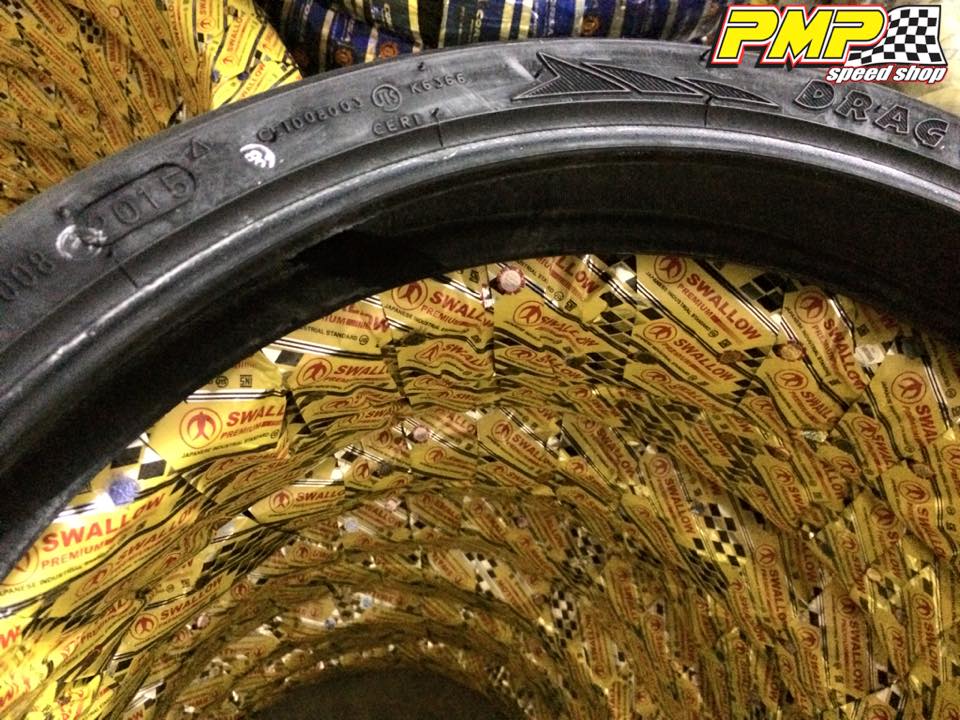 ”
”
Sometimes a tire bead may not be fully seated in the rim. Try pumping the tire up to maximum pressure. The loud popping sound you’ll hear is the bead popping into place. If you didn’t hear that noise the first time you mounted the tire, chances are that is the issue.
After running through the checks above, try soaping the tire again and checking the same spot to see if the fix was a success.
In my experience a leaky valve is often the cause of air pressure losses over time. If the soapy water reveals bubbles at the valve, it’s time to investigate further.
Tubeless valve parts with a valve core remover tool (red, right).First, check the easy stuff: Is the core screwed in tightly? Is the inlet screw loose or bent? A dedicated valve core tool is helpful for proper tightening, and if your fingers aren’t getting the inlet plunger tight enough, needle nose pliers can do the job. Just make sure you don’t over tighten and break the valve, or get it so tight you can’t add air later.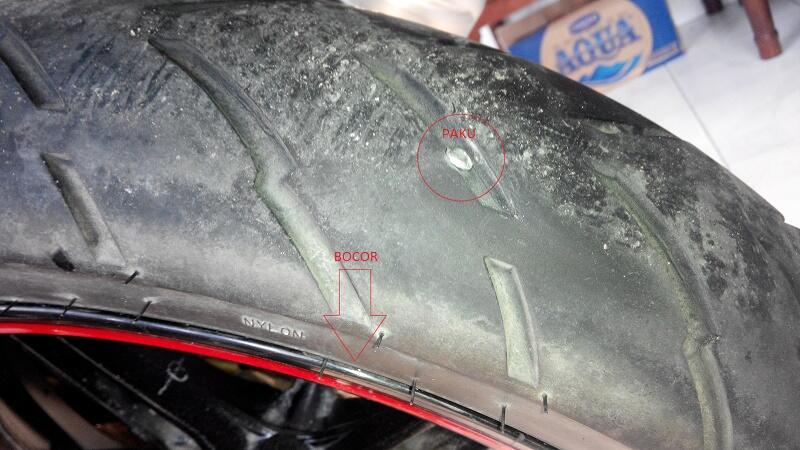 If any part of the valve is bent or broken, don’t try to fix it; it’s time to replace it.
If any part of the valve is bent or broken, don’t try to fix it; it’s time to replace it.
If soapy bubbles are forming around the base of the valve, it may not be attached to the rim properly. Most valves have a nut at the base that tightens the valve to the rim. Get this as tight as possible with your fingers, and if necessary give it a slight turn with a wrench. Just be sure to avoid tightening too much because you could damage your rim, especially if it’s carbon fiber, and you may need to be able to remove the nut on the trail in the case of a puncture.
Check the gasket at the base of the valve to ensure that it’s properly seated, and that it sits flush in the rim channel. Add a bit of plumber’s/PTFE tape to seal things if the gasket is particularly troublesome.Next, investigate the valve from the other end, which means taking the tire off the rim. Most valves have a soft rubber gasket that forms a seal around the valve hole in the rim, so check to make sure the valve is seated properly in the rim channel.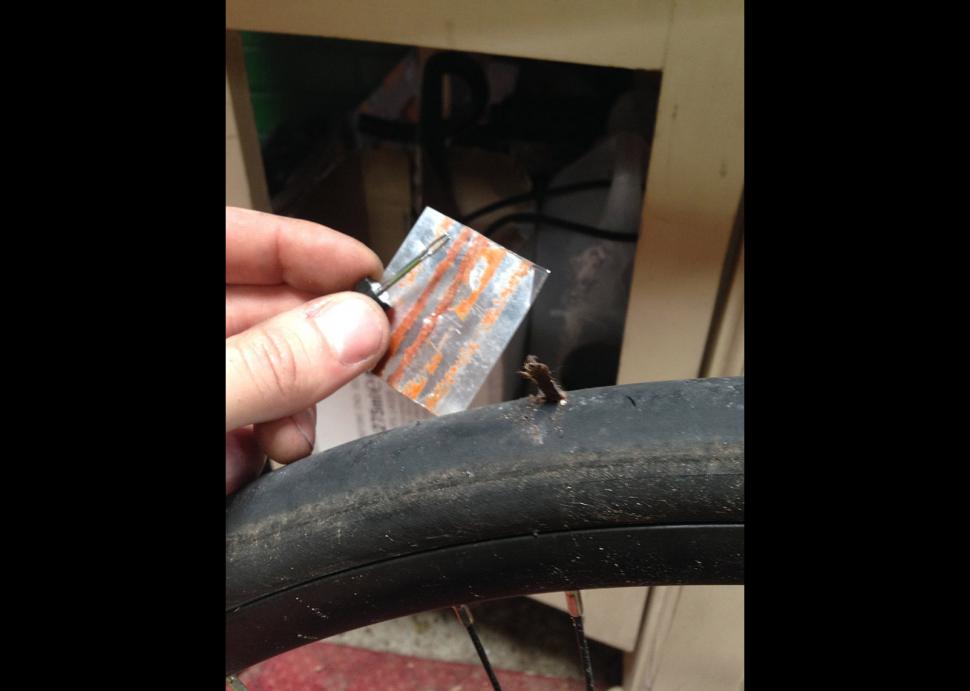 You can also add a bit of teflon tape around the base of the valve to seal things up.
You can also add a bit of teflon tape around the base of the valve to seal things up.
Sometimes sealant can fill in small gaps around the valve. If you notice air leaking while on the trail, try rotating and shaking the tire so the liquid sealant can get to the valve.
If bubbles form around the spoke nipples, the good news is you’ve found your leak! The bad news is, there isn’t a quick fix. This generally means the rim needs to be re-taped, or at the very least the tape needs to be patched over. If the tape appears wrinkled, ripped, or punctured that’s probably what’s causing the leak. Tire levers can often puncture the tape while installing the bead, causing the tape to leak air through the rim.
There are many tutorials online for taping a tubeless rim, but in general, the idea is to get the rim as clean and as dry as possible before taping all the way around in one go. Be mindful of any gaps where air might be able to leak, keeping the tape flat and taut to avoid blisters or pockets.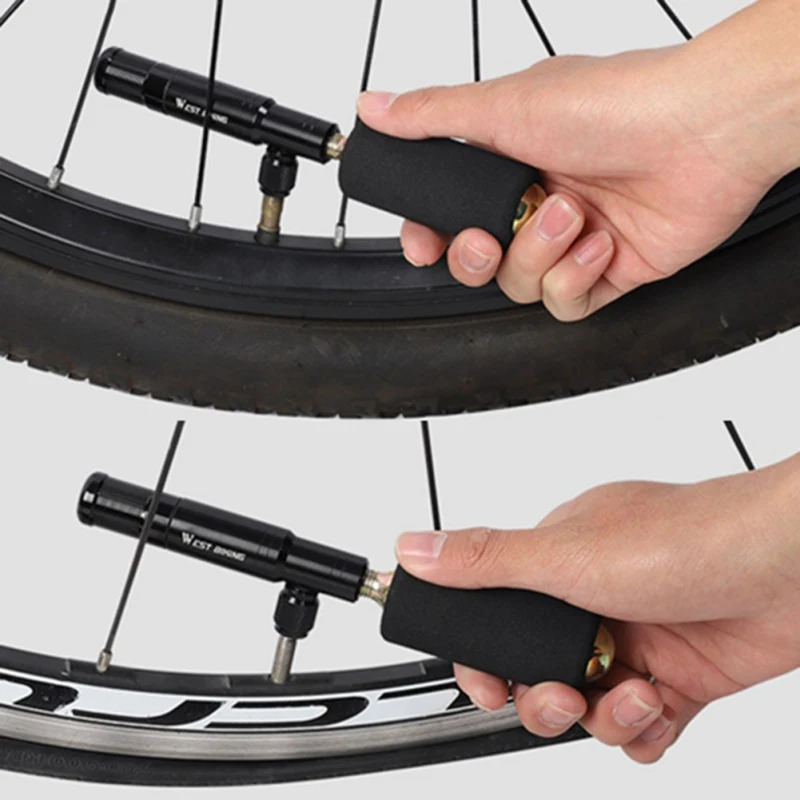
Sometimes, tires can be sneaky leakers. Pump them up and they’ll stay rock solid in the garage for weeks, but as soon as you roll in the parking lot, or take a turn, they go soft. You soap ’em up, and there’s not a bubble in sight. In fact, this has happened to me a couple times in just the past few months.
This is usually due to a small cut that only opens up when there’s weight on the tire, or if the tire is pumped up to a higher pressure. In your garage, you can try to simulate the effect of riding by adding pressure above what you normally ride, or by deforming the tire with your hands and looking for air bubbles as the tire squirms.
Gerow notes, “Some tires need to be ridden immediately after setup in order to hold air properly. A new tire that won’t hold air in the garage might be good to go after a short romp on the trail.”
Once you find the sneaky leak, getting sealant to the right spot can do the trick, though a plug may work even better.
Ultimately, tubeless mountain bike tire systems are pretty straightforward and there are only so many spots where air can escape. Imagine that you’re the air inside the tire, and you’re looking for a way out. How would you do it? That’s exactly the mindset you need to solve this mystery.
Don't miss a moment from Paris-Roubaix and Unbound Gravel, to the Giro d’Italia, Tour de France, Vuelta a España, and everything in between when you join Outside+.
Q. Dear Lennard,
So earlier this week, I upgraded to road tubeless using an Ultegra wheelset and a pair of Fusion 3s. I inflated the back tire using a CO2 cartridge, and the front I had to take to a bike shop so they could fill it with their compressor (the mechanics gave me a look when I said “road tubeless” and told me I was suicidal, but filled my tire anyway).
So now, my front tire is great, but my rear wheel keeps losing most of its air overnight.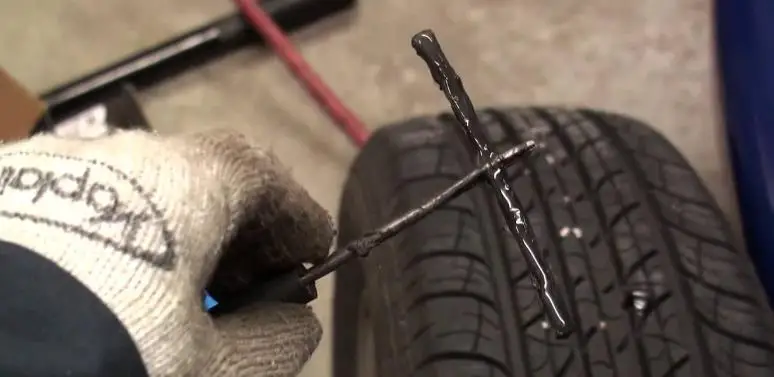 I think the bead is seated correctly, because I can pump it up with a hand pump. And I can ride an hour on it just fine, and it still feels hard when I get back. It just won’t hold air overnight. (And yes, I have sealant in there, Effetto Mariposa Espresso).
I think the bead is seated correctly, because I can pump it up with a hand pump. And I can ride an hour on it just fine, and it still feels hard when I get back. It just won’t hold air overnight. (And yes, I have sealant in there, Effetto Mariposa Espresso).
I can’t figure this one out. What could be the matter? And is it even safe to be riding it?
— JL
A. Dear JL,
Yes, the bead is probably now seated correctly if you can pump it with a hand pump. Cover the tire and rim with soapsuds and inflate the tire. See where the air is coming out, and rotate and tilt the wheel appropriately so that the place where air is bubbling out is at the bottom so the CaffeLatex can go there and plug the hole. That will fix your problem unless the rim is leaking.
If air is bleeding out of the rim around the spoke nipples, the seal on your valve stem is leaking. It probably simply needs a bit of sealant, but it could also be a bad valve stem. Remove the valve stem, put some CaffeLatex around the rubber seal at its base, and put it back in. That has fixed every one I’ve ever had leakage there with, other than on rims that had gotten corroded around the valve hole by a corrosive tire sealant. Only hand-tighten the valve-stem-retaining nut; you want to be able to remove the valve stem without tools should you need to install a spare inner tube on the road.
That has fixed every one I’ve ever had leakage there with, other than on rims that had gotten corroded around the valve hole by a corrosive tire sealant. Only hand-tighten the valve-stem-retaining nut; you want to be able to remove the valve stem without tools should you need to install a spare inner tube on the road.
I suspect that it’s simply the time frame that makes it seem like it’s behaving differently when sitting than when riding. I’ll bet it leaks while you ride, too, and if you were to ride all night long, it would be as soft in the morning as when you leave it sitting inflated overnight.
Assuming you’re using current tubeless-compatible Ultegra wheels and those Fusion 3s say “tubeless” on them (I don’t know why Hutchinson uses the same model names for tubeless and non-tubeless tires…), then yes, it should be safe to ride on. The beadlock of the road tubeless tire with a tubeless-compatible road rim is very good and generally keeps a deflated tire on the rim better than a deflated standard clincher stays on.
One thing to keep in mind is that road tubeless tires are folded tightly in the packaging, leaving kinks in the bead at many places around the rim that tend to not seal along the rim shelf. For a tire that won’t seal, simply put a tube in it and ride it for a while. It will take the proper shape soon enough. Then take the tube out, wet the beads, put in the tubeless valve stem and a couple tablespoons of CaffeLatex sealant, and pump it back up. It may not even require an air compressor or a CO2 cartridge to seat the bead, once it’s been ridden a while.
As to your interaction at the shop, I absolutely cannot understand why so many bike shop employees try to discourage customers from using road tubeless tires. I’m convinced it is simply because they have not used them successfully themselves. I think that indicates rather poor shop training on the part of road tubeless tire and wheel makers and a lack of interest in keeping up with what is current on the part of the shop personnel.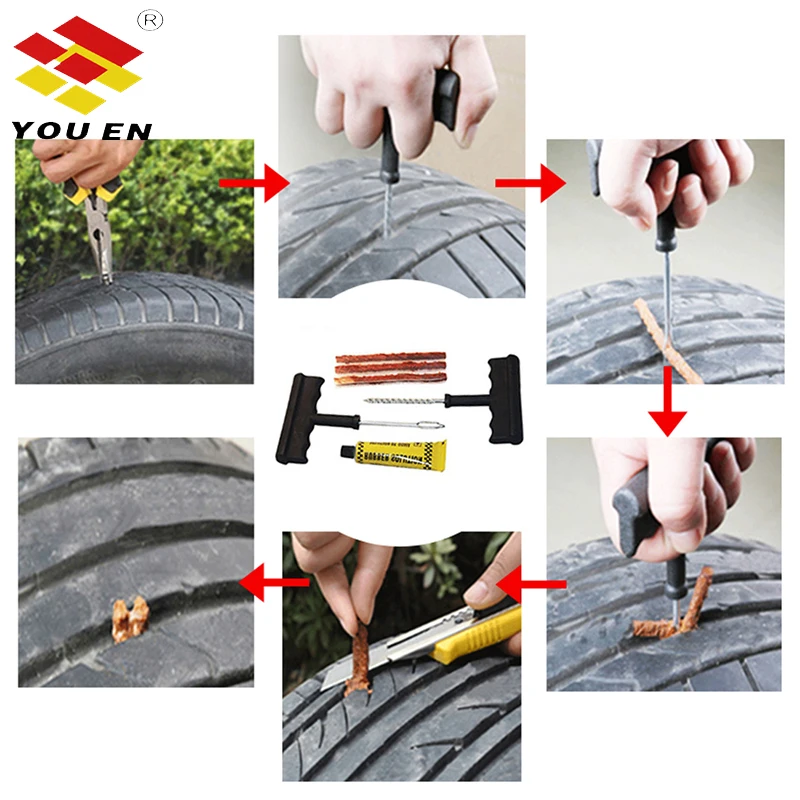
I was super irritated when one of my Bay Area customers ran into roadblocks like this with his own local bike shop. He has Fulcrum 2-Way Fit (meaning they are tubeless-compatible as well as compatible with a standard clincher and tube—characteristics shared by all road tubeless wheels) wheels and Hutchinson Fusion 2 Road Tubeless tires on a bike we built for him. He wanted to replace his worn tires and wanted a shop to do it for him. Thinking ahead more than most customers would, he looked on the Fulcrum website for Fulcrum-authorized retailers in his area and went to one of them.
An employee there started right off telling him how he thought road tubeless tires suck and recommended against using them. But at 6-foot-8 and 245 pounds, this customer is prone to flat tires and wanted the same reliability he’d gotten used to. I think the shop didn’t even have any road tubeless tires in stock and had to order some in, requiring a second trip for the customer. Finally, the shop went ahead and slapped on a pair of road tubeless Hutchinsons without wetting the beads and without using sealant inside (Hutchinson even sells its road tubeless sealant by the gallon with a twist spout — couldn’t be easier for a shop to use it!).
My customer managed to get all of about eight miles down the road on his first ride before one tire went flat and he ended up calling me. I spent some time on the phone bringing him up to speed on how to do it himself. The bummer is that he’s a busy executive who would rather not spend his time working on his bike and would like to leave that to somebody else. Now he understands the system and can educate the bike shop employees who stand in his way on how to use a simple system that they should already know. I’m still shaking my head at how an “authorized retailer” of a wheel brand that makes road tubeless wheels does not understand how to use them.
I ride Hutchinson tubeless tires on all (three) of my road bikes and never have bleed-down issues unless I haven’t ridden one of them in months. (I also ride tubeless tires on my mountain bikes, and often on my cyclocross bikes.) On bikes that don’t get much use and hence don’t run through tires during the course of a season, I do replace the sealant at least annually.
Besides providing a very nice ride with good grip and lower rolling resistance due to the ability to run lower pressures without fear of pinch flats, road tubeless tires have completely eliminated flat tires for me. I simply do not get flats anymore on my road bikes, and I’m a big guy. One of the things that was a pain for me when doing all of that testing of carbon clincher wheels for VeloNews (you did read that test in the magazine, didn’t you?) was that I couldn’t use road tubeless tires in them. I was constantly having to fix flats out on the road, since we have a lot of sharp stuff on the roads here in the wintertime. There are few things I dislike more than changing road tires in cold weather.
I have discovered that if I wear through the tread to the point that I can see the casing, a road tubeless tire no longer holds air. And once, I hit a sharp rock at high speed that cut my rear sidewall, requiring, of course, installing a tube and a boot to get home and then replacing the tire.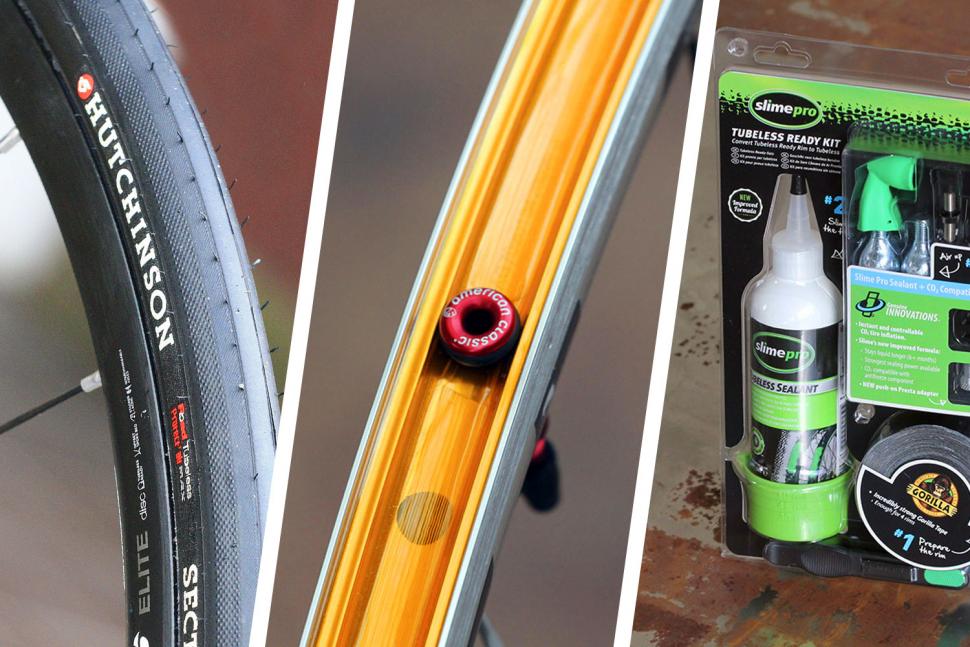 This would have destroyed any tire, but it was cool to see that the tire stayed on despite the high speed and curvy descent. Wanting to see what it would do, I rode the rest of the way down the mountain—over a kilometer, and the tire stayed on until the final switchback, when one bead finally came off.
This would have destroyed any tire, but it was cool to see that the tire stayed on despite the high speed and curvy descent. Wanting to see what it would do, I rode the rest of the way down the mountain—over a kilometer, and the tire stayed on until the final switchback, when one bead finally came off.
I only wish that road tubeless tires were offered in larger diameters and road tubeless wheels were offered in bomb-proof models. I have many customers who are near or over 300 pounds and who climb in very low gears. High rider weight combined with lots of torque due to pedaling a low gear with lots of leg power can snap spokes in short order on the available tubeless wheels. And while Stan’s NoTubes makes a road tubeless rim strip that would seal up any road rim, including on bomber wheelsets we build here for customers like that, I’m a bit leery from a liability perspective about selling tubeless tires with rims not specifically made for that application. I also am more comfortable philosophically with having the little beadlock ridges that road tubeless wheels have on the inboard edges of the bead shelves to lock and seal the bead.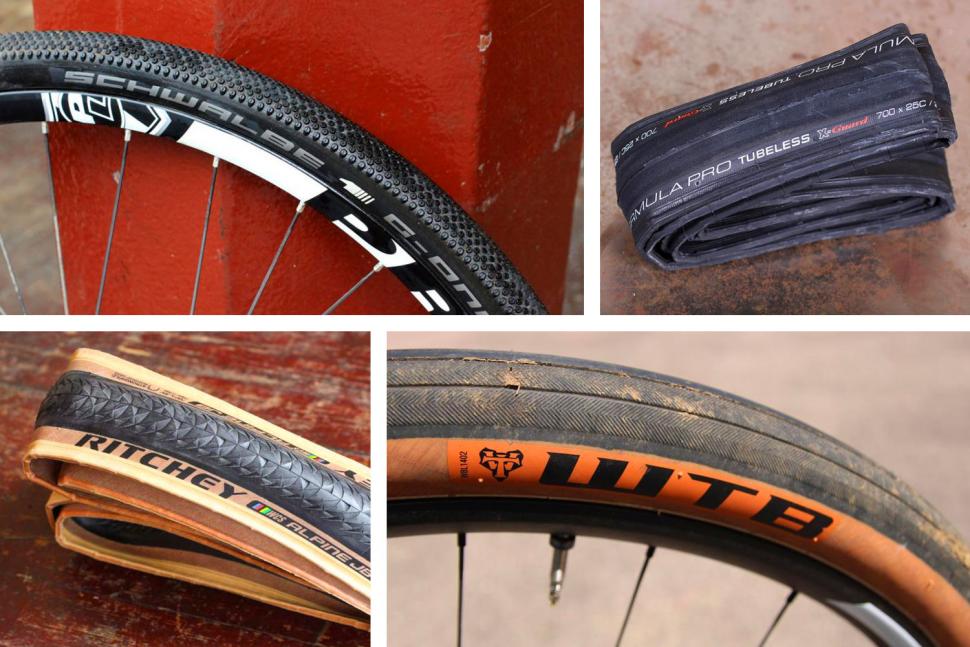
The (un-stretchable) carbon fiber bead on a road tubeless tire is square, rather than having rounded corners, and it snaps into the square shape of a road tubeless rim’s bead hook and is further retained by the hump. Stan’s rims have a lower bead hook specifically for tubeless use, but his rims are known for being lightweight, not for being ideal for 300-pound riders. So, rather than sending a 300-pound guy out on road tubeless tires on wheels not made for it, I just tell him that he’s simply going to be dealing with frequent flat tires unless he uses super heavy-duty tires and tubes that ride like a truck. It’s a real shame to not be able to offer riders like this the rolling and cornering performance, comfort, and freedom from punctures and pinch flats that road tubeless tires offer.
I’ll get off of my soapbox now. JL, if you get those tires and rims sealed properly with that CaffeLatex (same stuff I use, BTW) and don’t continue to ride them after the tread is completely off, you can expect great performance and flat-free riding with them. Don’t give up, and don’t listen to bike shop employees who try to convince you to not use them!
Don’t give up, and don’t listen to bike shop employees who try to convince you to not use them!
— Lennard
Re: Regarding overpronation:
Dear Lennard,
An orthotic is a device that controls excessive foot motion during ambulation. Locking the rear foot in place with a varus post will prevent the mid tarsal joints from unlocking and pronating. Bicycling is not a true weight-bearing sport, and the foot does not go through its gait cycle. The only place to control the foot on the pedal is in the forefoot, hence the varus wedges.
The other way to control the amount of rear foot motion on the bike might be to make sure the seat is adjusted at the higher point of the acceptable range therefore limiting ankle dorsiflexion. After that, our anatomy is what it is, some things just cannot be changed. Some are sprinters, some can go the distance, some can hit a 100 mph ball, some can’t. Sometimes if you try to change the dynamics of the foot on the bike, you affect the knee.
— Alan Shier, DPM
Podiatric Medicine & Surgery
Re: Dear Lennard,
Just thought I would add my two cents.
This scenario is fairly common. In addition to a varus forefoot being common this person may also have a slightly higher Q angle.
Maybe a slightly more narrow hip, but the solution is most often a simple one.
— Paul Swift
Founder, Product Development, BikeFit.com
www.bikefitpro.blogspot.com
Follow Lennard on Twitter at www.twitter.com/lennardzinn
2. Use of tube and tubeless tires
3. Pros and cons of tube tires
6. How to distinguish a tubed tire from a tubeless one?
A couple of decades ago, tube tires ruled the roost and were on almost every car.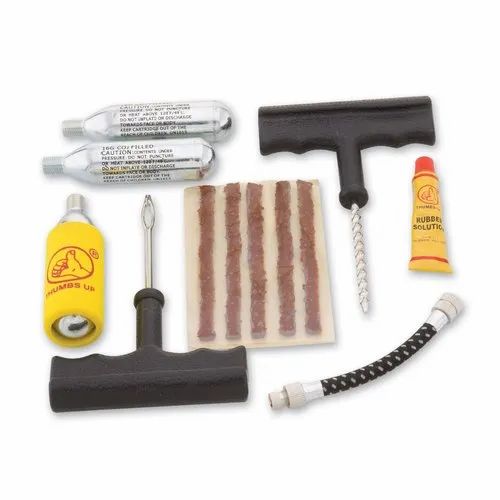 However, since the 2000s, tubeless tires began to confidently conquer the market, and today it is almost impossible to meet a passenger car on tube tires. What is the main difference between tube and tubeless tires? Why is one better than the other and what are the disadvantages of both? We understand.
However, since the 2000s, tubeless tires began to confidently conquer the market, and today it is almost impossible to meet a passenger car on tube tires. What is the main difference between tube and tubeless tires? Why is one better than the other and what are the disadvantages of both? We understand.
1. Construction of tubeless and tube tires
As is obvious from the name of the tires, their main difference lies in the design itself. The tube tire consists of a tire and a special chamber with a valve, which is inflated with compressed air. The tire is the upper (outer) part of the tire, it comes into contact with the road while driving, has a tread and all the characteristics we are used to. And the chamber is a sealed internal circuit, which is a rubber tube closed by a ring, pumped up with compressed air. The camera is inserted into the tire, and the whole structure, in turn, is put on the disk. Due to this structure, the tire of a tube tire does not fit very tightly to the disk, and the main burden of maintaining pressure in the tire falls on the tube. In turn, the camera does not have great mechanical strength, and therefore needs protection from external influences, punctures and impacts, which is what the tire provides. Such is the symbiosis.
In turn, the camera does not have great mechanical strength, and therefore needs protection from external influences, punctures and impacts, which is what the tire provides. Such is the symbiosis.
A tubeless tire is both a tire and a tube in itself. The device of a tubeless tire is such that it does not have a separate chamber, its role is played by an internal sealing layer a couple of millimeters thick, which is “welded” to the tire from the inside even at the vulcanization stage. This elastic layer made of a mixture of synthetic and natural rubbers retains compressed air well and at the same time fits snugly to the disc - which is why the device of a tubeless tire does not require any additional internal contours, it is put on immediately on the disc. The inner sealing layer also helps with punctures: if a small sharp object (a piece of wire, a nail, etc.) is stuck in the tire, it will get stuck in the inner layer and will not fall out, preventing air from leaking through the puncture.
The tubeless tire device, by the way, requires a more complex disk. In particular, such a disk has special humps - annular protrusions on the landing shelves of the rim, with the help of which tubeless tires are securely fixed. The sides of tubeless tires are sealed with an additional rubber layer, due to which tightness is ensured at the point of landing of the tire on the rim.
2. Use of tube and tubeless tires
Tubeless tires have now taken over all cars and many trucks, but there is still a place for tube tires. Tires with a tube are installed on motorcycles, scooters, ATVs, scooters and bicycles - on the so-called spoked wheels, which, as a rule, do not hold a tubeless tire with the required tightness. In addition, tube tires are still used on trucks and light trucks - tubeless tires are just beginning to gain popularity here. Tube tires are also used by some "Old Believers", who consider the main advantage the ability to replace a punctured tube without replacing the tire, as well as the ease of repairing the tube with their own hands.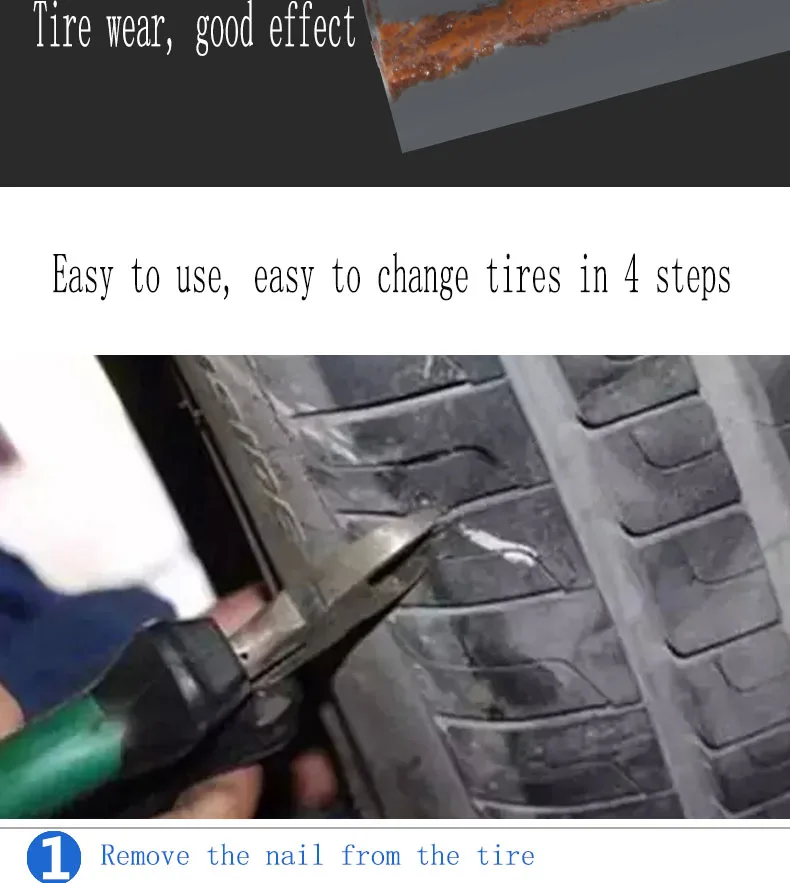
3. Pros and cons of tube tires
Advantages:
- tube tires are more affordable than tubeless ones;
- in case of lateral damage, it is enough to replace only the punctured tube, and not the entire tire;
- tube tires do not require special disks and can "sit down" on any.
Flaws:
- a tube tire is much heavier than a tubeless one;
- a punctured tube tire will go down almost instantly and will need to be replaced right on the road, it will not work to get to the service station;
- high probability of internal puncture of the chamber by broken or worn cords;
- repair of even small punctures requires disassembly of the wheel.
4. Pros and cons of tubeless tires:
Advantages:
- slow depressurization and the ability to keep normal pressure for a long time after a puncture, which increases traffic safety and allows you to drive on a punctured tire to the place of repair;
- a tubeless tire is much lighter than a tubed one, which reduces the load on the car's suspension;
- tubeless tires are more durable, because they are less prone to overheating, have a stable internal pressure, and also do not suffer from friction of the tube against the tire;
- driving comfort on a tubeless tire is much higher, since its sidewall is softer.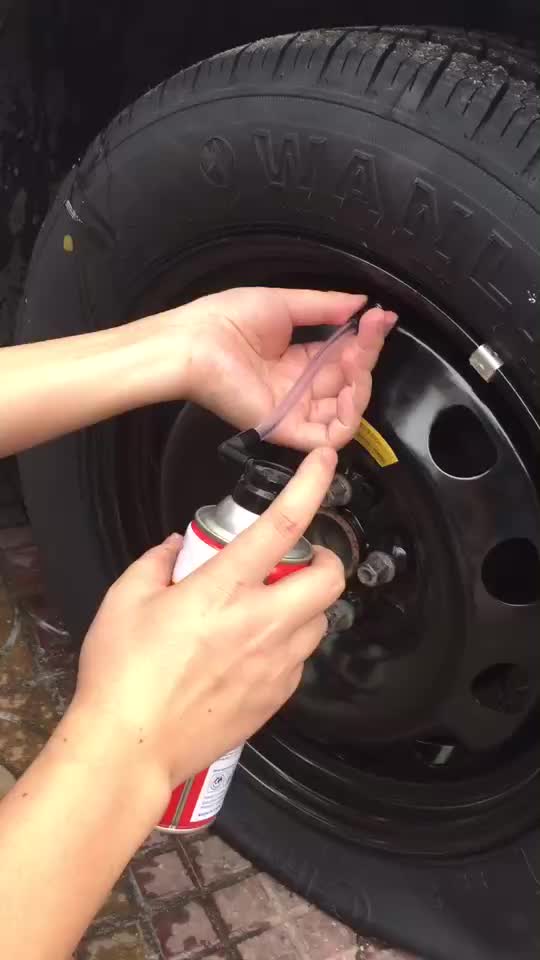
Flaws:
- installation and overhaul of tubeless tires requires complex manipulations, which will be performed only by a specialist using the necessary equipment; independent repair and installation of tires is impossible;
- damage or deformation of the rim at the point of connection with the tire bead will lead to depressurization and deflation of the wheel;
- Riding on a flat tubeless tire is fraught with the destruction of both the sealing layer and the tire as a whole.
5. Installation features for tube and tubeless tires
1. In a tube tire, the size of the tube must necessarily match the size of the tire. Trying to fit a larger tube into a smaller tire will cause wrinkling as the tube fills with air, and any wrinkle is a potential weak spot.
2. A tube is not installed in a tubeless tire. Generally. Even if it's damaged. It would seem that this should increase the strength of the damaged tubeless, but in reality it is simply dangerous.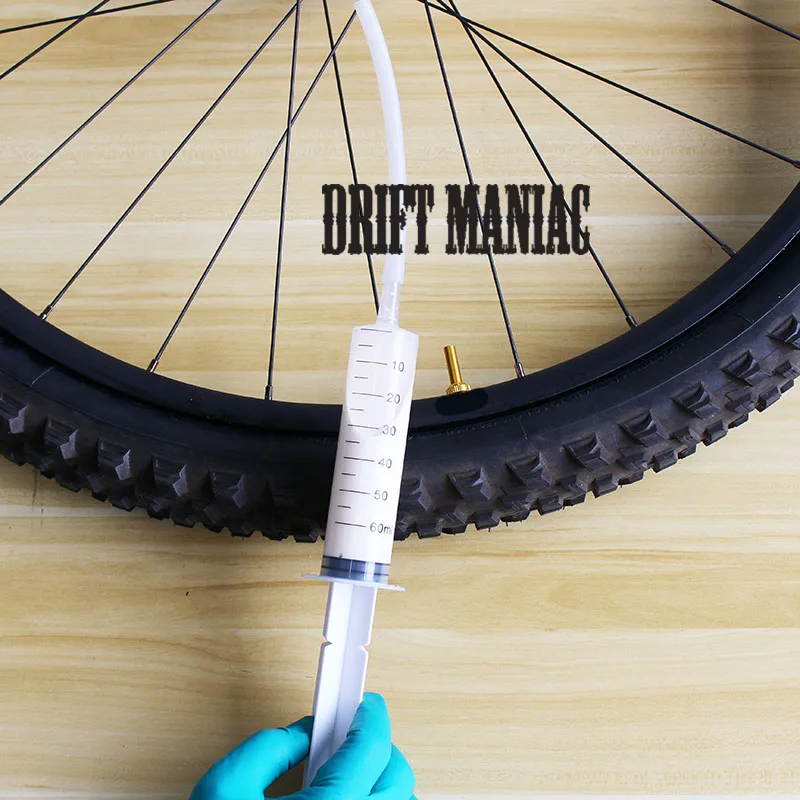 Between the chamber and the sealing layer in a tubeless tire, an air cushion is formed, which can lead to tire damage, especially with a sharp increase in the load on the wheel when cornering and when braking.
Between the chamber and the sealing layer in a tubeless tire, an air cushion is formed, which can lead to tire damage, especially with a sharp increase in the load on the wheel when cornering and when braking.
3. Of course, tires of the same construction must be installed on all four wheels. But that doesn't even need further mention.
6. How to tell a tubeless tire from a tubeless one?
This question often arises among buyers of used cars that are already equipped with tires. How to determine if you got tube or tubeless tires? Doubts may also arise when contacting an unreliable tire fitting: did you install the right rubber? Outwardly, chambered and tubeless tires already placed on disks do not differ from each other - all the difference is hidden inside, but we do not see the insides. Most
The obvious and indisputable way, of course, is to strip the tires: this way you will be able to visually assess the inside of the tire.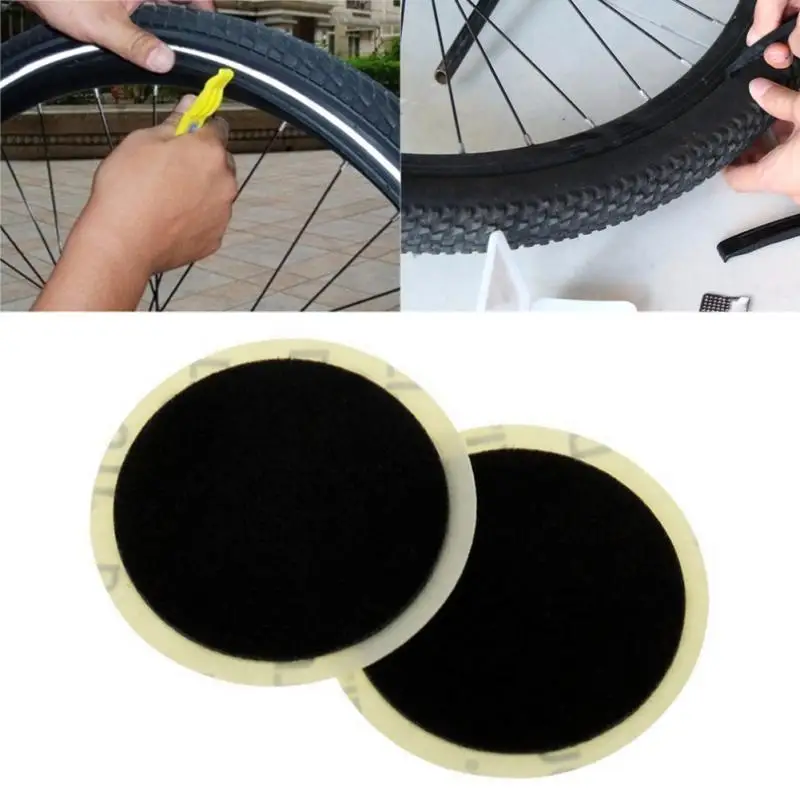
If this option is not suitable, we turn to the markings on the sidewall:
TT - marking tube tires, short for Tube Type - "tube type"
TL or single T - tubeless tire marking, from Tubeless - "without a tube"
The marking option may be doubtful if all the inscriptions on the tires have been erased during use and no longer help to determine whether the tire is tube or tubeless. On very old tires, the Tube Type or TT inscription may not be present at all, since at that time there were no options, all tires were chambered and did not need marking. But do you need such old tires?
The last option on how to distinguish a tubed tire from a tubeless one is to carefully examine the nipple. On a tube tire, it is longer and smoother, on a tubeless tire it is short, with a small bead. If you lower the wheel and try to press in the nipple, then the tubeless tire will not allow it to sink, since the nipple is firmly attached to the surface.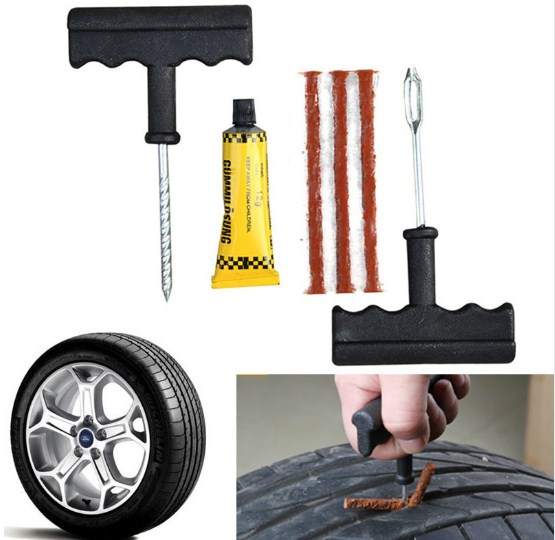 But on a tube tire, the nipple can fall almost to its entire height.
But on a tube tire, the nipple can fall almost to its entire height.
A couple of decades ago, tube tires ruled the roost and were on almost every car. However, since the 2000s, tubeless tires began to confidently conquer the market, and today it is almost impossible to meet a passenger car on tube tires. What is the main difference between tube and tubeless tires? Why is one better than the other and what are the disadvantages of both? We understand.
As the name suggests, the main difference lies in the construction itself. The tube tire consists of a tire and a special chamber with a valve, which is inflated with compressed air. The tire is the upper (outer) part of the tire, it comes into contact with the road while driving, has a tread and all the characteristics we are used to. And the chamber is a sealed internal circuit, which is a rubber tube closed by a ring, pumped up with compressed air.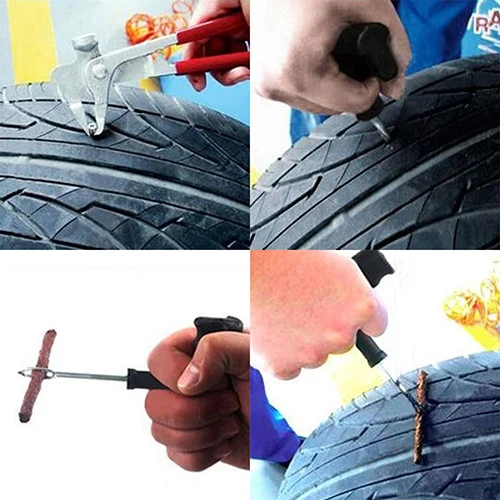 The camera is inserted into the tire, and the whole structure, in turn, is put on the disk. Due to this structure, the tire of a tube tire does not fit very tightly to the disk, and the main burden of maintaining pressure in the tire falls on the tube. In turn, the camera does not have great mechanical strength, and therefore needs protection from external influences, punctures and impacts, which is what the tire provides. Such is the symbiosis.
The camera is inserted into the tire, and the whole structure, in turn, is put on the disk. Due to this structure, the tire of a tube tire does not fit very tightly to the disk, and the main burden of maintaining pressure in the tire falls on the tube. In turn, the camera does not have great mechanical strength, and therefore needs protection from external influences, punctures and impacts, which is what the tire provides. Such is the symbiosis.
A tubeless tire is both a tire and a tube in itself. The device of a tubeless tire is such that it does not have a separate chamber, its role is played by an internal sealing layer a couple of millimeters thick, which is “welded” to the tire from the inside even at the vulcanization stage. This elastic layer made of a mixture of synthetic and natural rubbers retains compressed air well and at the same time fits snugly to the disc - which is why the device of a tubeless tire does not require any additional internal contours, it is put on immediately on the disc.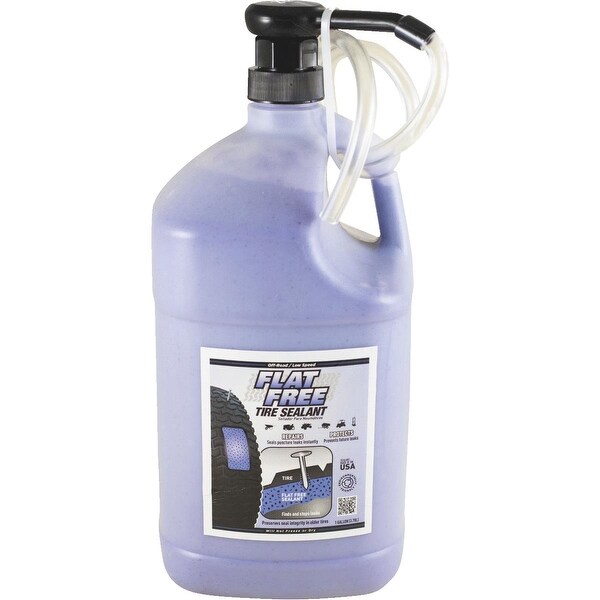 The inner sealing layer also helps with punctures: if a small sharp object (a piece of wire, a nail, etc.) is stuck in the tire, it will get stuck in the inner layer and will not fall out, preventing air from leaking through the puncture.
The inner sealing layer also helps with punctures: if a small sharp object (a piece of wire, a nail, etc.) is stuck in the tire, it will get stuck in the inner layer and will not fall out, preventing air from leaking through the puncture.
The tubeless tire device, by the way, requires a more complex disk. In particular, such a disk has special humps - annular protrusions on the landing shelves of the rim, with the help of which tubeless tires are securely fixed. The sides of tubeless tires are sealed with an additional rubber layer, due to which tightness is ensured at the point of landing of the tire on the rim.
Tubeless tires have taken over all cars and many trucks today, but there is still room for tube tires. Tires with a tube are installed on motorcycles, scooters, ATVs, scooters and bicycles - on the so-called spoked wheels, which, as a rule, do not hold a tubeless tire with the required tightness. In addition, tube tires are still used on trucks and light trucks - tubeless tires are just beginning to gain popularity here.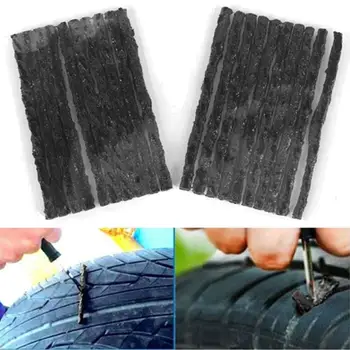 Tube tires are also used by some "Old Believers", who consider the main advantage the ability to replace a punctured tube without replacing the tire, as well as the ease of repairing the tube with their own hands.
Tube tires are also used by some "Old Believers", who consider the main advantage the ability to replace a punctured tube without replacing the tire, as well as the ease of repairing the tube with their own hands.
Tube tires are more affordable than tubeless tires;
In case of lateral damage, it is enough to replace only the punctured tube, and not the entire tire;
Tube tires do not require special rims and can fit any rim.
A tube tire is much heavier than a tubeless one;
A punctured tube tire will flatten almost instantly and require replacement right on the road, it will not be possible to drive to a service station;
High probability of internal puncture of the chamber by broken or worn cords;
Repairing even small punctures requires disassembling the wheel.
Slow depressurization and the ability to maintain normal pressure for a long time after a puncture, which increases traffic safety and allows you to drive on a punctured tire to the place of repair;
A tubeless tire is much lighter than a tubed one, which reduces the load on the car's suspension;
Tubeless tires are more durable because they are less prone to overheating, have a stable internal pressure, and also do not suffer from friction of the tube on the tire;
The driving comfort of a tubeless tire is much better because the sidewall is softer.
Installation and overhaul of tubeless tires requires complex manipulations, which will be performed only by a specialist on the right equipment; independent repair and installation of tires is impossible;
Damage or deformation of the rim at the point of connection with the tire bead will lead to depressurization and deflation of the wheel;
Driving on a flat tubeless tire is fraught with the destruction of both the sealing layer and the tire as a whole.
1. In a tubed tire, the size of the tube must match the size of the tire. Trying to squeeze a larger tube into a smaller tire will result in wrinkling as the bladder fills with air, and any wrinkle is a potential weak point.
2. A tube is not installed in a tubeless tyre. Generally. Even if it's damaged. It would seem that this should increase the strength of the damaged tubeless, but in reality it is simply dangerous. Between the chamber and the sealing layer in a tubeless tire, an air cushion is formed, which can lead to tire damage, especially with a sharp increase in the load on the wheel when cornering and when braking.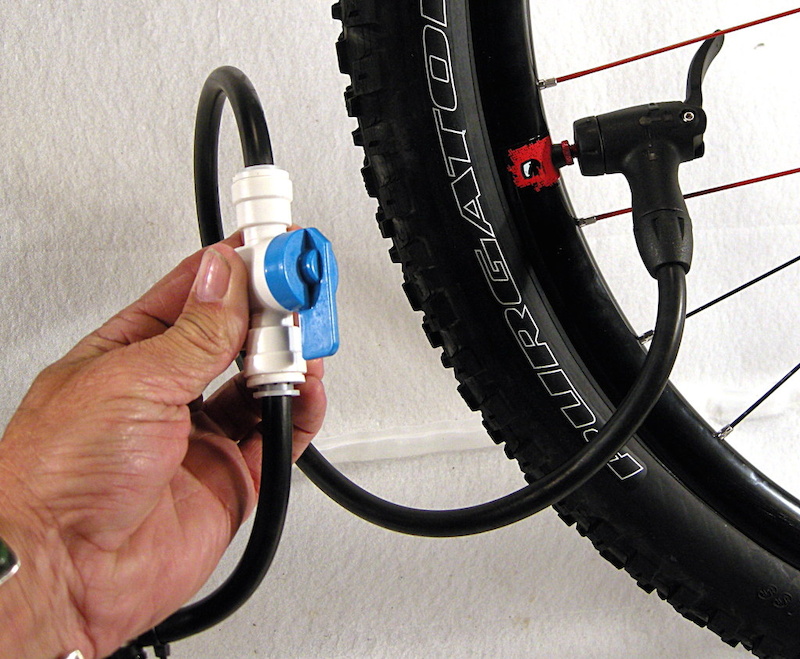
3. Of course, tires of the same construction must be fitted to all four wheels. But that doesn't even need further mention.
This question often arises among buyers of used cars that are already equipped with tires. How to determine if you got tube or tubeless tires? Doubts may also arise when contacting an unreliable tire fitting: did you install the right rubber? Outwardly, chambered and tubeless tires already placed on disks do not differ from each other - all the difference is hidden inside, but we do not see the insides. Most
the obvious and indisputable way is of course to strip the tyres: this way you will be able to visually assess the inside of the tyre.
If this option is not suitable, please refer to the marking on the sidewall:
TT - tube tire marking, short for Tube Type - “tube type”
TL or single T - tubeless tire marking, from Tubeless - "tubeless"
The marking option may be doubtful if all the inscriptions on the tires have been erased during use and no longer help to determine whether the tire is tube or tubeless. On very old tires, the Tube Type or TT inscription may not be present at all, since at that time there were no options, all tires were chambered and did not need marking. But do you need such old tires?
On very old tires, the Tube Type or TT inscription may not be present at all, since at that time there were no options, all tires were chambered and did not need marking. But do you need such old tires?
The last option on how to distinguish a tubed tire from a tubeless one is to carefully inspect the nipple. On a tube tire, it is longer and smoother, on a tubeless tire it is short, with a small bead. If you lower the wheel and try to press in the nipple, then the tubeless tire will not allow it to sink, since the nipple is firmly attached to the surface. But on a tube tire, the nipple can fall almost to its entire height.
Any car enthusiast is faced with the problem of choice when replacing skates - either to install tubeless tires, or to assemble wheels with cameras. Asking for help and advice from friends and fellow car owners, as a rule, does not give an unambiguous answer, and even real professionals cannot agree unambiguously.
So the driver has to choose the type of wheel assembly at random.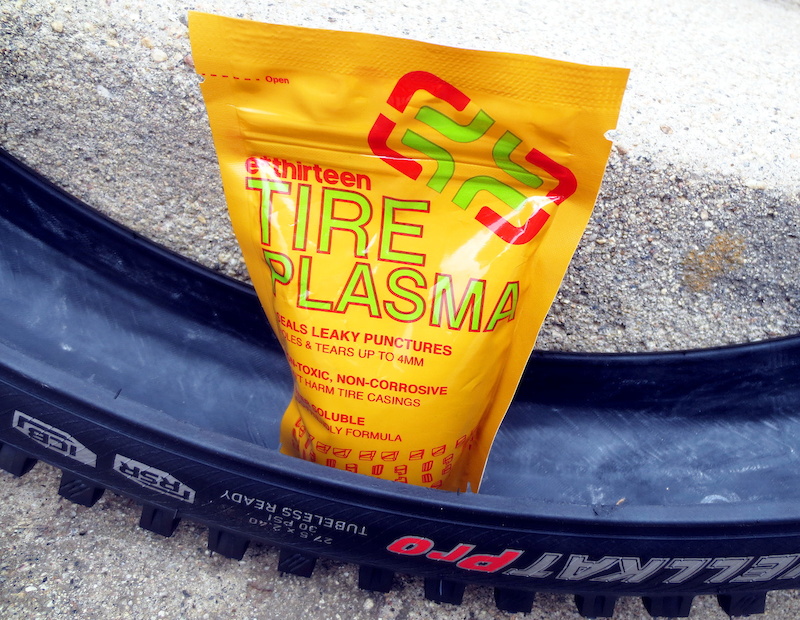 And to make it easier to make a choice, it is worth considering the positive and negative sides of tubeless and chamber wheel assembly.
And to make it easier to make a choice, it is worth considering the positive and negative sides of tubeless and chamber wheel assembly.
Tubeless tires
At their core, tubeless and tube tires are no different today, more precisely, all tires are produced based on a tubeless installation. And the very concept of a tubeless wheel means the absence of a chamber inside, while the air in the wheel is retained only due to the hermetic fit of the tire on the rim and a special nipple with a spool (air valve) installed in the rim.
What are the advantages that they are so much praised:

At first glance, the positive features of tubeless tires are enough to make you fall in love with them. But it is worth considering the negative side, which adds a big fly in the ointment.

Chamber wheels
If tubeless tires are so good, why are tubeless tires still used so often? The best aspects of the tube assembly:
 At the same time, the number of previous punctures does not matter at all, and small side cuts are completely repairable.
At the same time, the number of previous punctures does not matter at all, and small side cuts are completely repairable. Why tubeless fans don't like tube tires so much:

So the car owner has to choose between soft tubes that go down sharply and hard tubes that are easily repaired. As a result, it turns out that tubeless tires are very practical, but they do not withstand great “tortures”, and besides, it is not without reason that professional highway drivers mount wheels on cameras.
Motorists will immediately understand what is at stake, but still explain. Tubeless is a wheel without a tube, that is, one tire and a wheel rim. The chamber, logically, in addition to the tire, is equipped with a chamber filled with air.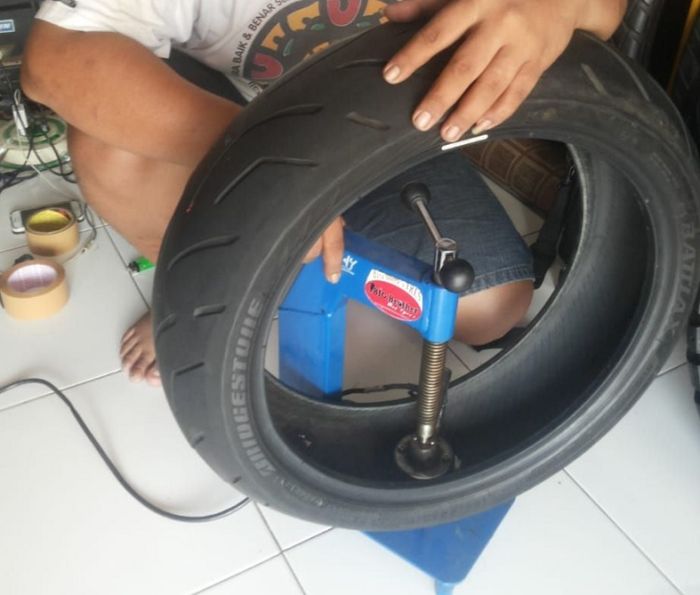
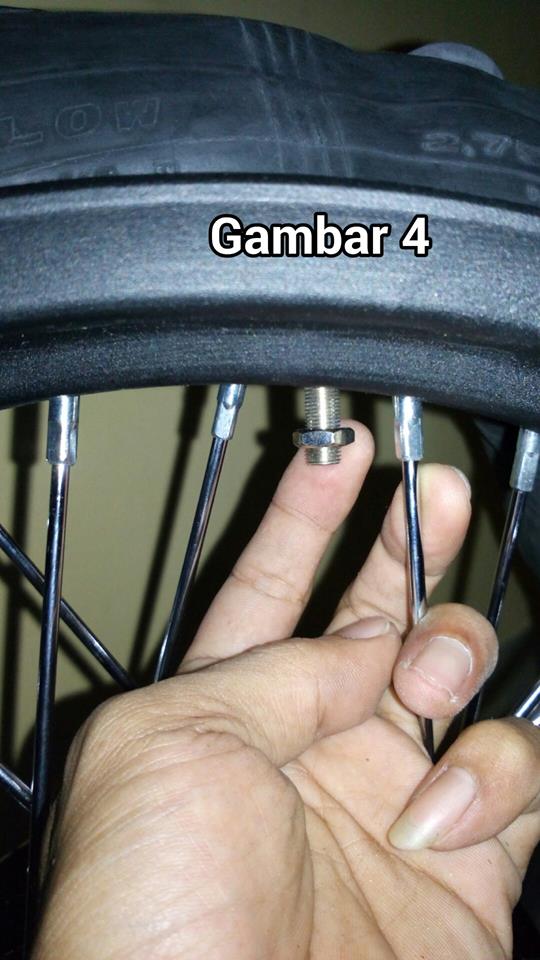 But in general, this wheel is really stronger, although this parameter depends on the manufacturer. Cons camera:
But in general, this wheel is really stronger, although this parameter depends on the manufacturer. Cons camera: Let's think about which tires are better for a car, chambered or tubeless? Even 10 years ago, tires with cameras were installed on cars in 90% of cases, but now it is exactly the opposite, that is, almost 90% - without a camera.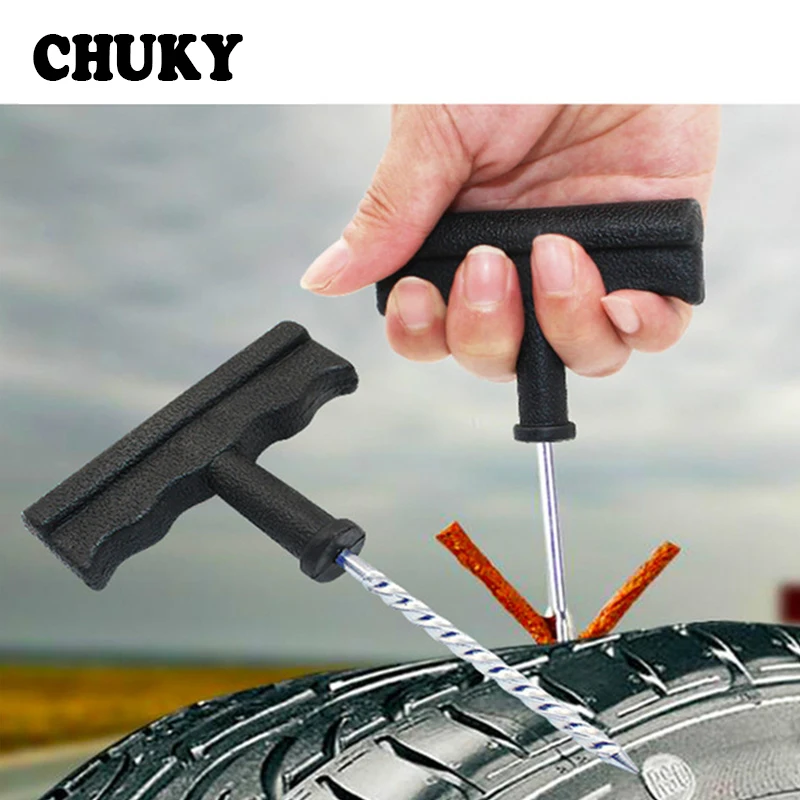 So why did this happen? Why are tubeless options taking over the automotive market? Let's figure it out...
So why did this happen? Why are tubeless options taking over the automotive market? Let's figure it out...
It was the chamber versions that first appeared, it was quite a long time ago, already in 1887 (it was invented by a veterinarian - John Dunlop, and even then he put them on a bicycle) and those chamber types are not like today. They were widely used up to 90 - x - 2000, then they were replaced by tubeless ones.
Structure
Consists of a top/outer part, often the tire itself, which is not as tight to the metal disc, can deflate, so it needs a lower sealed circuit to hold pressure. It is this circuit that is the wheel chamber, which is inserted inside the tire. It is clear that this whole structure is put on a metal disk.
Pros and cons
It has a number of advantages, as well as a number of disadvantages, compared to the tubeless type. The advantages include - low price, and not susceptibility to deformation of the rim.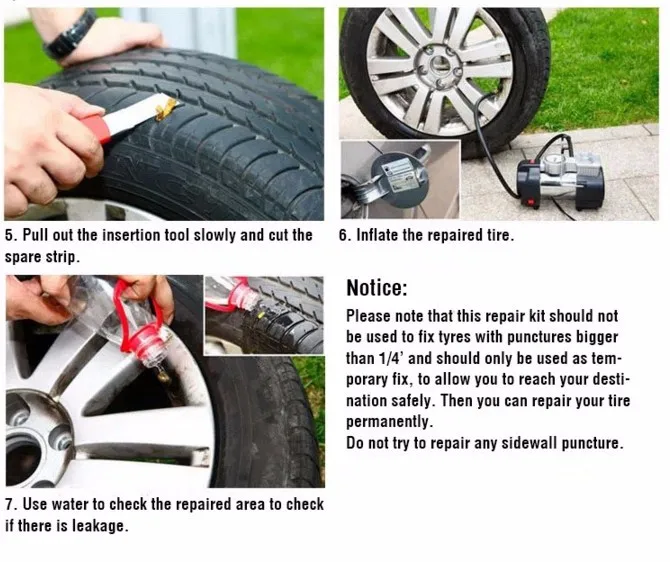 But, unfortunately, the positives end there. But there are a lot of minuses - they wear out much faster, heat up more, and, accordingly, the car's handling is worse, and when a wheel is punctured, it loses air very quickly.
But, unfortunately, the positives end there. But there are a lot of minuses - they wear out much faster, heat up more, and, accordingly, the car's handling is worse, and when a wheel is punctured, it loses air very quickly.
Next in question is a more advanced version that does not have a camera in the building. They appeared relatively recently, about 10 - 30 years ago. However, only 10-15 years are used in wide application and they capture the market very quickly.
Structure
It consists of the upper / outer part, the tire, which is also the inner layer of the wheel, that is, there is no usual chamber in such rubber. The inner layer consists of a special sealing rubber that holds pressure very well inside (that is, two in one), fits snugly against the disc, and therefore no additional contours are needed inside. In case of a puncture, it envelops a foreign body. Puts on immediately on a metal wheel.
Pros and cons
There are many advantages, this is a long service life, which far exceeds the chamber options, and low heating due to the lack of an air cushion between the tire and the chamber (respectively, better controllability), it will also hold air longer during a puncture (than an opponent), which will allow you drive at least to a car service, and at most you can drive for weeks, pumping up the wheel, the main thing is not to take out a foreign object.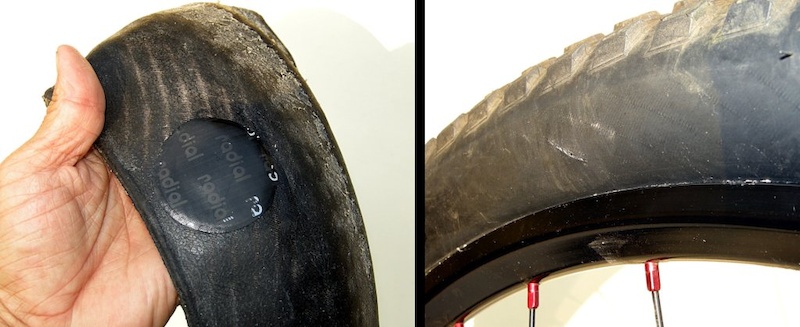 But it also has disadvantages - the price is much higher than the chamber version. It is also susceptible to disk deformation, if you bend the disk, flying into a large hole, then you need to go to the tire shop and straighten the disk, otherwise the tubeless wheel will flatten.
But it also has disadvantages - the price is much higher than the chamber version. It is also susceptible to disk deformation, if you bend the disk, flying into a large hole, then you need to go to the tire shop and straighten the disk, otherwise the tubeless wheel will flatten.
That's all in our article, I want to summarize. Of course, tubeless options are more advanced, and there are fewer troubles with them, they go longer, if you want, this is a step in evolution. When they are punctured, you do not need to remove the tire, the tourniquet is simply screwed into the puncture site - that's it! It seems to me that the second type will soon become a thing of the past forever.
Now a useful video (program "Main Road"), be sure to watch.
Read our automotive site subscribe to updates on social networks (if anything they can be found in the right column of the site).
For some motorists, the question of how to distinguish a tubeless tire from a tube one is still relevant.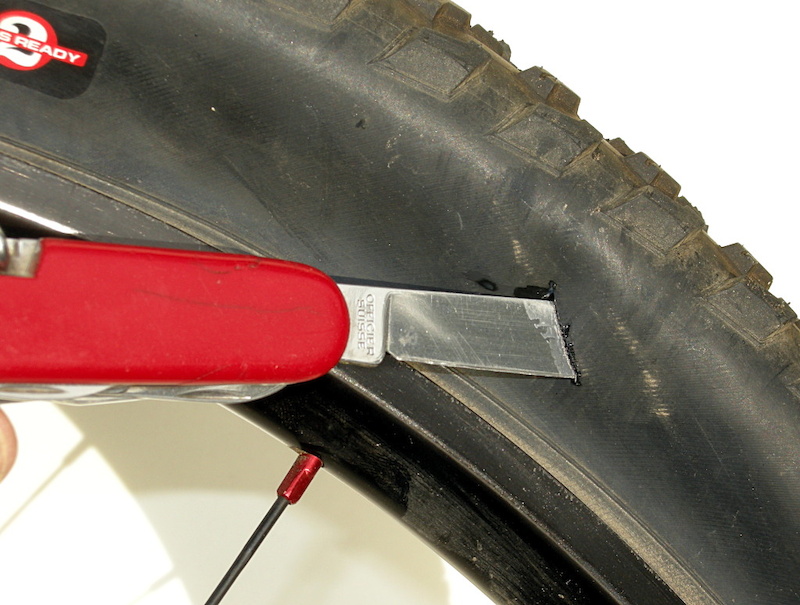 Let's say right away that the owners of older cars, or those who started driving 20-30 years ago, are mostly interested. The first camera system is interesting, because it makes little sense to put something especially advanced on a well-used “classic”.
Let's say right away that the owners of older cars, or those who started driving 20-30 years ago, are mostly interested. The first camera system is interesting, because it makes little sense to put something especially advanced on a well-used “classic”.
The latter simply do not trust the new skates, believing that the former chamber ones were more reliable and easier to repair. Among the curious are new owners of newly purchased used cars. The car must be shod in the same tires, this becomes known to everyone even at the stage of obtaining rights.
How to distinguish a tubeless tire from a tube one, there are certain ways. However, first you need to be aware of their fundamental differences, since at first glance they are almost identical, but the price is noticeably different.
The main difference between a camera and a tubeless camera is in the structure. The first type of tires consists of 2 parts: a tire and a chamber embedded in it, which is a rubber tube closed in a continuous ring. The tubeless slope is a monolith. The outer circumference along the sides is sealed with a layer of seal, the inner one is sealed with a spray that is not permeable to air. The tubeless fit on the rims is more than tight, which is ensured by a special configuration, bead shape and a smaller diameter compared to the same rim parameter.
Such design features provide a lot of advantages in operation.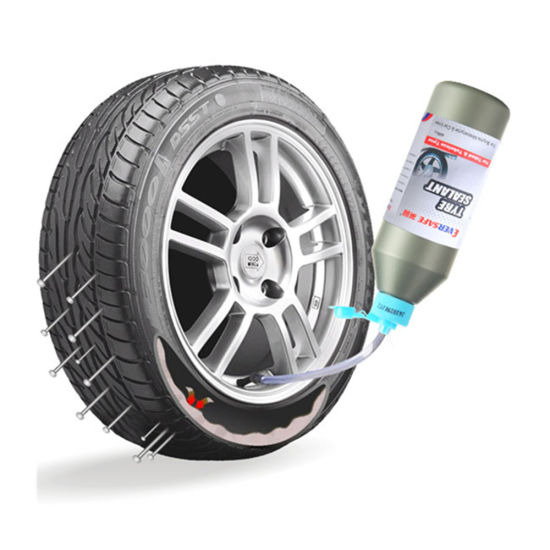 The driver even at high speed has enough time to react and slow down - the car continues to maintain controllability;
The driver even at high speed has enough time to react and slow down - the car continues to maintain controllability; The totality of the above benefits has led to the fact that tubeless stingrays have strongly pressed the archaic variety on all fronts.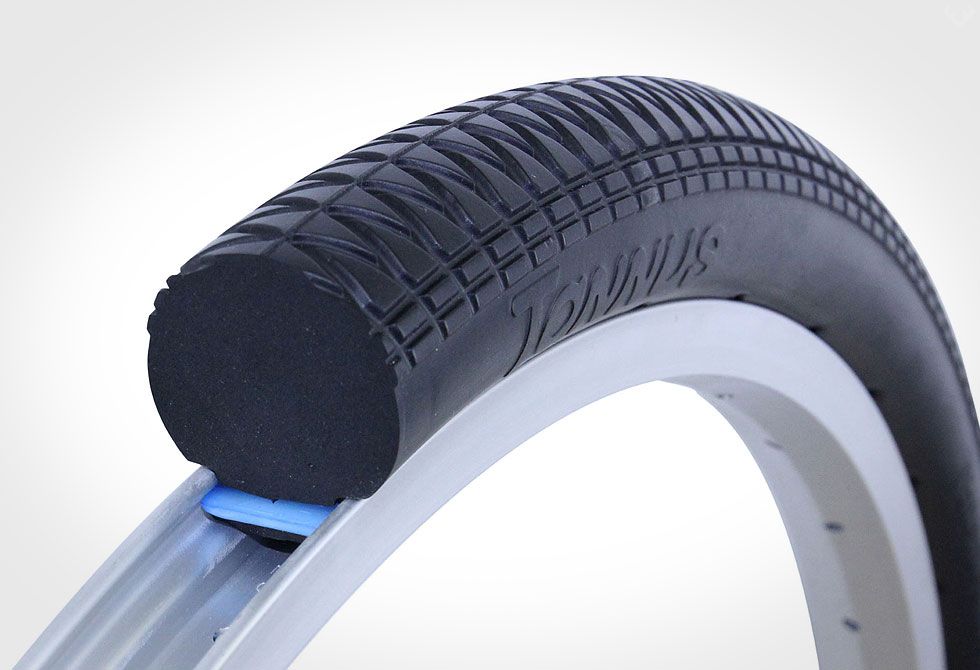 Now, in order to find a camera, you will have to make some efforts and spend time, they turned out to be so little in demand.
Now, in order to find a camera, you will have to make some efforts and spend time, they turned out to be so little in demand.
{banner_content}It is doubtful to assume that when buying tires, a tire seller slipped a tubeless ramp instead of a tubeless one, unless at the personal request of the client. However, if you need to determine what the purchased iron horse is shod in, it is worth remembering certain signs.
The easiest and most accurate way to figure out what kind of rubber is in front of you is to look for markings on the side of the slope. The inscription "tubeless" indicates that the tire in front of you is tubeless, "tube type" warns that there is a tube inside the tire. There may be abbreviations only for the first letters: T or TT .
The situation is somewhat worse if the marking is worn out beyond recognition. Or you have come across old wheels on which there are no markings. The presence of the letters TT accurately indicates the chamberedness of the slope, but the complete absence of signs does not say anything: at the time of the existence of only chamber tires, marking was unnecessary (however, if such old slopes were caught, it is better to throw them away immediately).